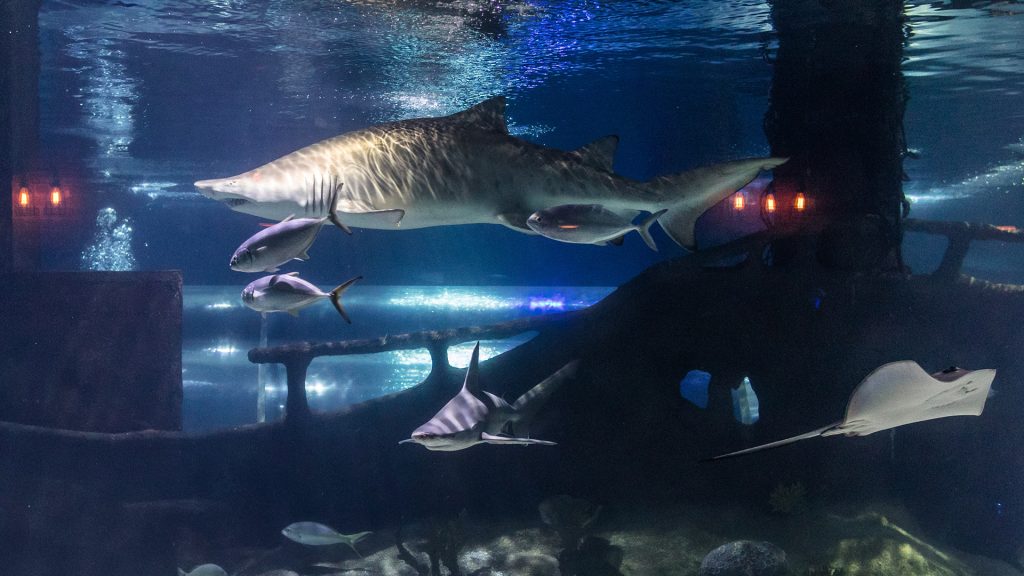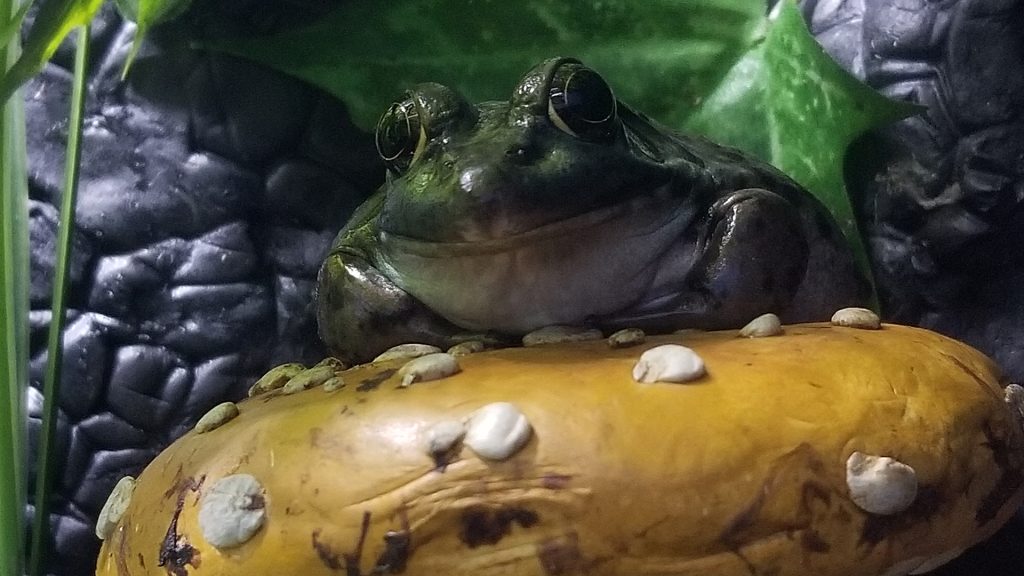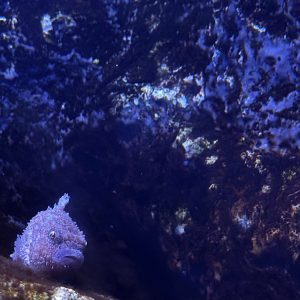10 More Things We Now Know About Sharks & Rays

It’s the time of year when we take a deep dive into our collective fascination with sharks and stingrays. And, as it turns out, there’s still a lot for us to learn about them.
While they’re disappearing at an alarming rate—with at least fifty percent fewer sharks and rays in the ocean today than there were in 1970 and as many as one-third of all known shark and ray species threatened with extinction—new information on elasmobranchs continues to surface all the time.
Here are just a few of the new theories and findings that have come to light over the past few months:
- COLOR US SURPRISED Scientists discovered that pigment working in conjunction with microscopic guanine crystals in a blue shark’s dermal denticles (the tiny, tooth-like structures on their skin) might give the animal the ability to change hue and subtly camouflage in response to changing environment conditions.
- NEW BUT VERY OLD The National Park Service announced fossils found in Kentucky’s Mammoth Cave National Park resulted in a newly identified ancient shark species—Macadens olsoni. And that’s not even close to their only shark find, by the way—in March the Park shared the discovery of a “chipmunk shark” with molar-like teeth.
- TAG, THEY’RE IT Florida Atlantic University’s Harbor Branch Oceanographic Institute researchers shared they had developed a custom, multi-sensor biologging tag that was successfully field tested on the elusive and fast-moving whitespotted eagle ray, tracking how it moved, ate and interacted with its habitat.
- A TOOTH COULD HOLD THE TRUTH Australian researchers determined that despite preservation, shark jaws and teeth kept in museums and other collections still had the potential to reveal where and what those animals ate when they were alive via the process of stable isotope analysis.
- THEY COULD EAT WHATEVER THEY WANTED Always a subject of fascination, modern understanding of the megalodon is constantly evolving and a recent study suggested that the massive creature’s dining habits might have been broader and more opportunistic than previously believed.
- SCARS REVEAL SECRETS Researchers proposed a new system for classifying white sharks’ wounds in the hopes of being able to piece together some fairly basic but still unknown information such as where they mate, where they give birth and “how they interact with prey, predators and each other.”
- A TELLTALE TAIL Because not all rays have protective barbs on their tails, scientists have long wondered why they had tails at all. Researchers taking a closer look found the cownose ray tail was connected to its lateral line and contained tiny holes, suggesting it was a sensory organ that serves as a sort of antenna.
- SHARK SOUNDS Scientists in New Zealand recorded what is believed to be the first-ever recording of sharks actively producing noise—the clicking of rig sharks.
- TAKING A MUCH CLOSER LOOK Researchers examined the internal structure of blacktip sharks at nanoscale to find out what in their biomechanical makeup contributes to their power, resilience and flexibility.
- BABY SHARKS ARE A BIG DEAL Mapping newborn whale shark sightings against oceanographic data revealed a connection between whale shark births and Minimum Oxygen Zones that ultimately could help contribute to the species survival.
Are you a shark and ray fan? Follow us on Facebook, sign up for our e-news or subscribe to our YouTube channel for more information on elasmobranchs and other aquatic life.
-Samantha F.


